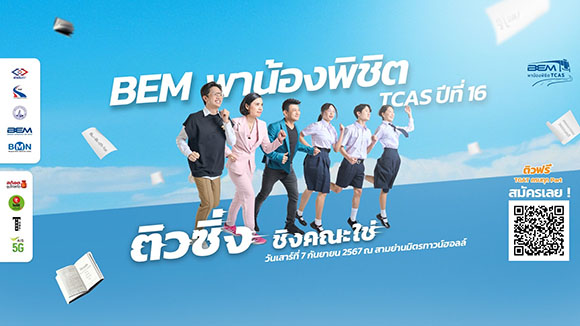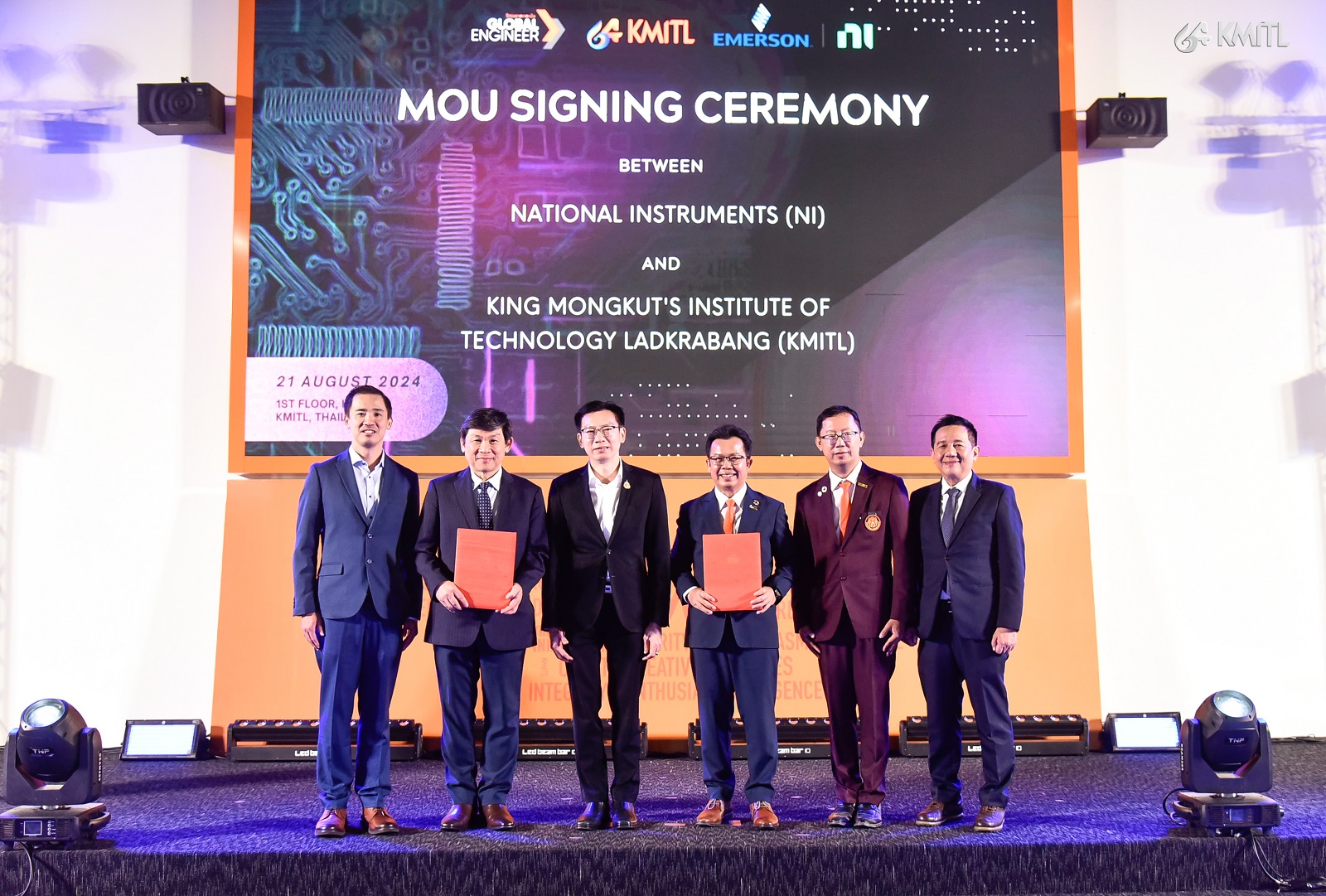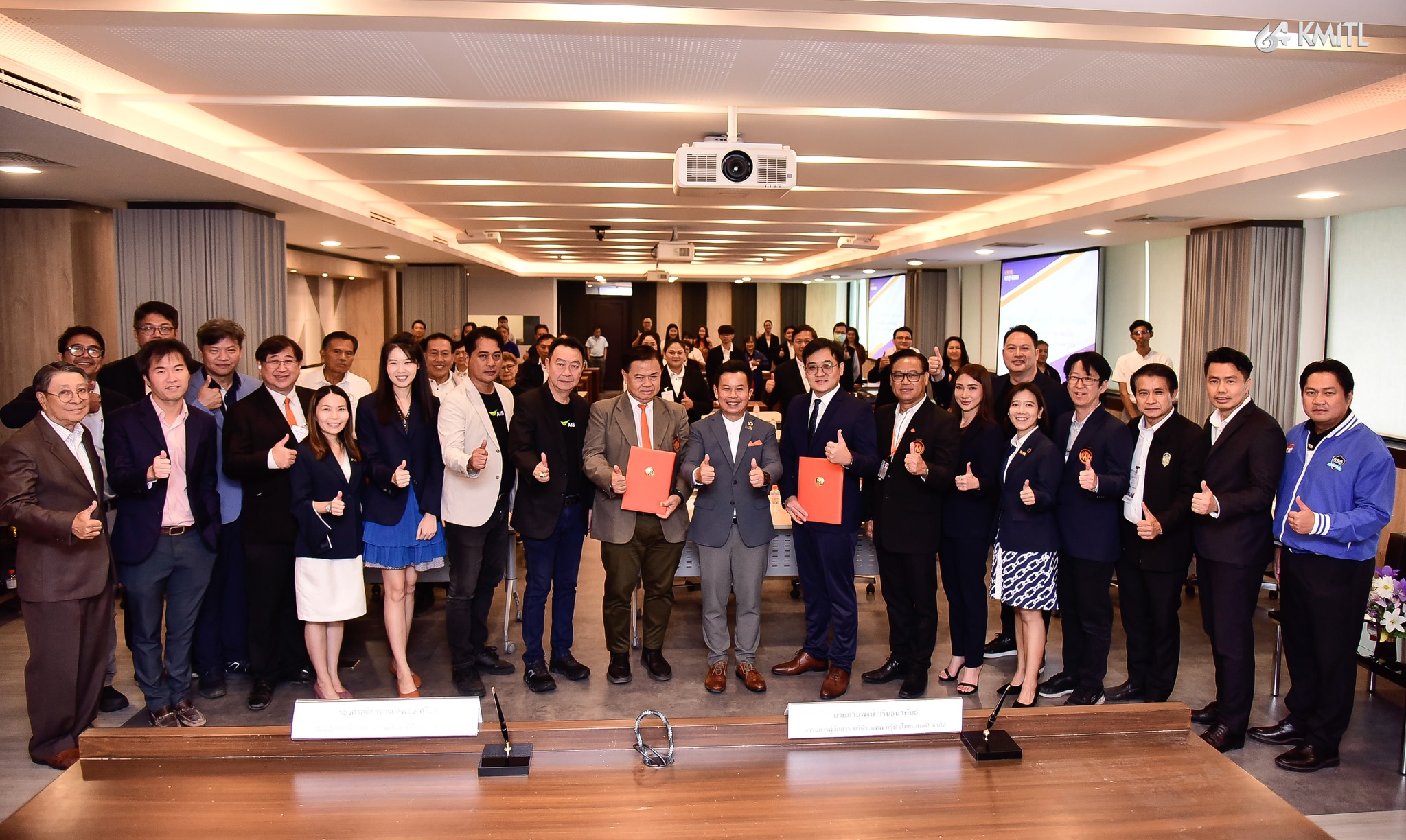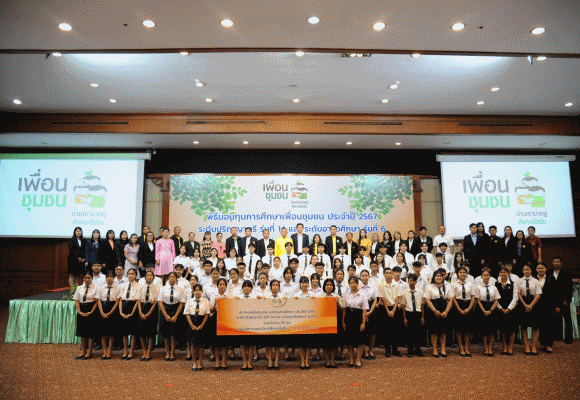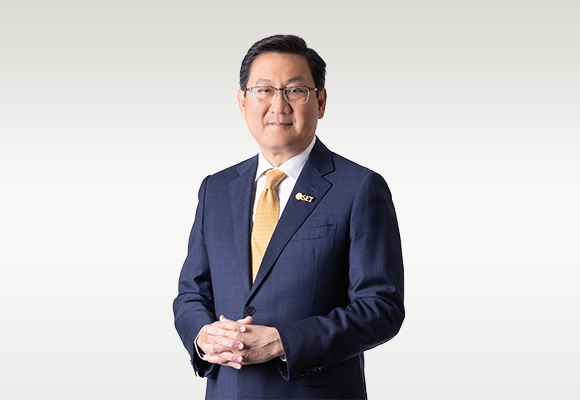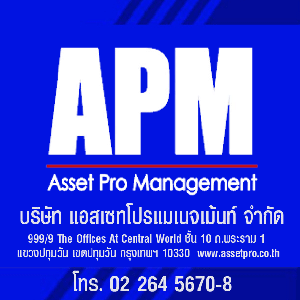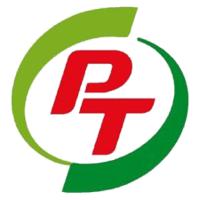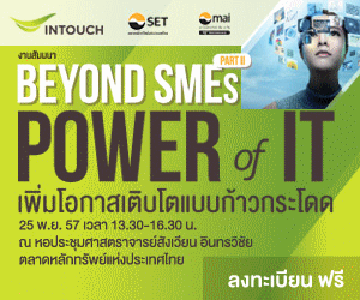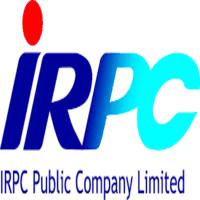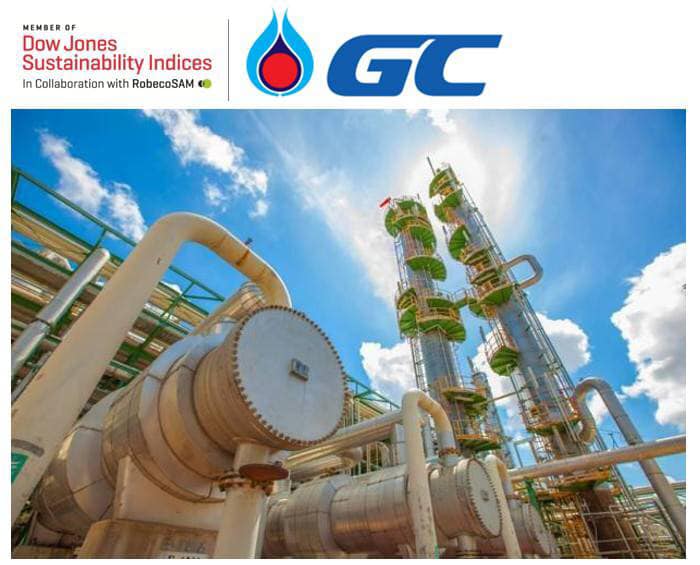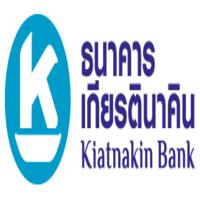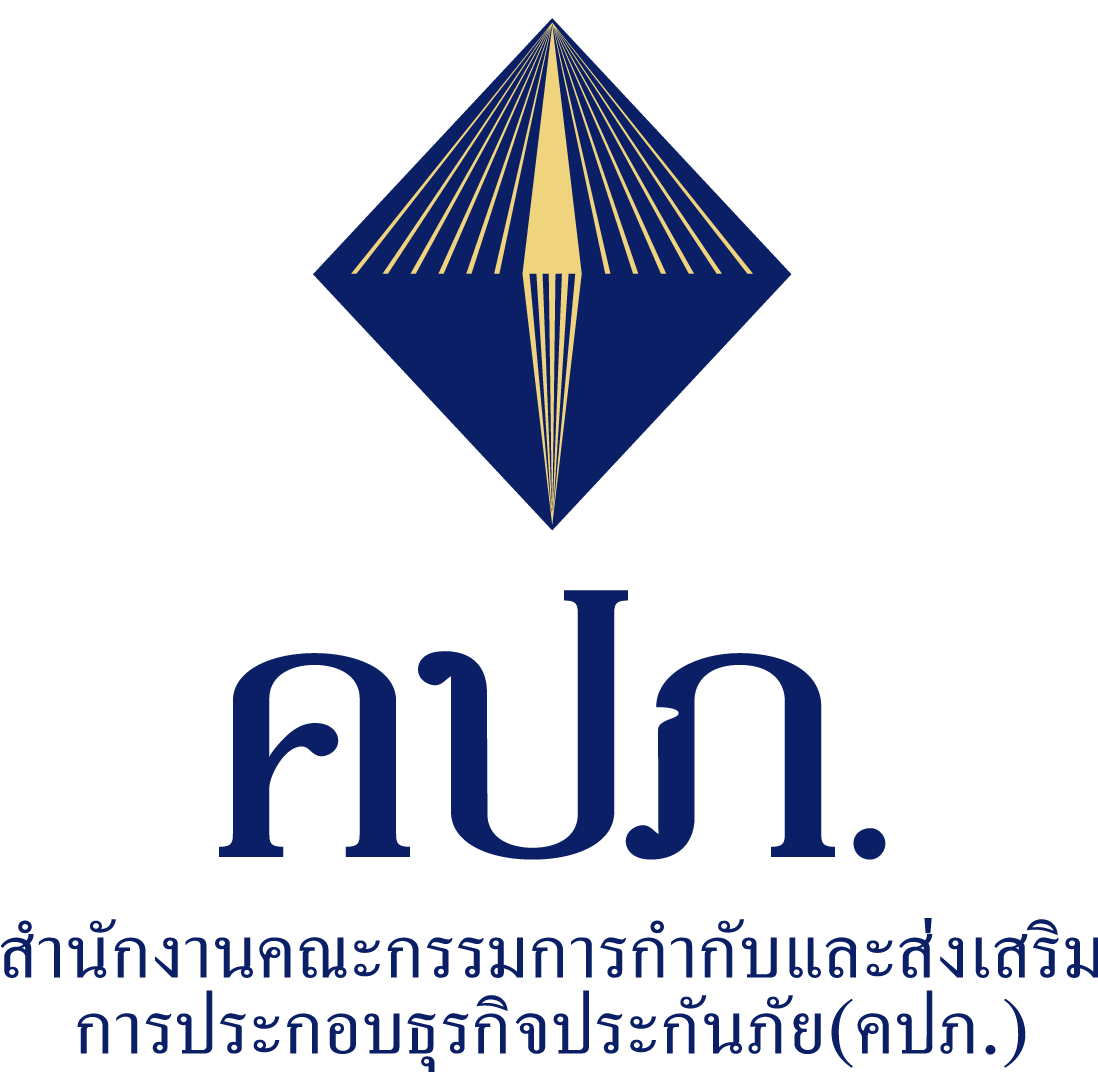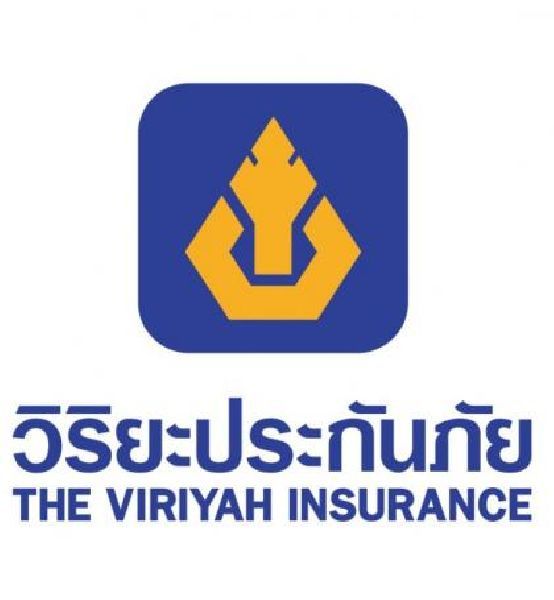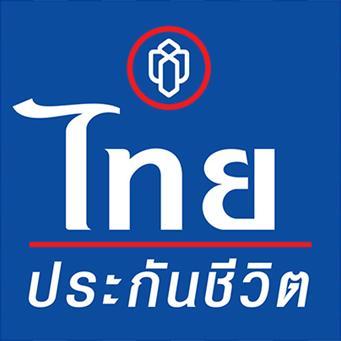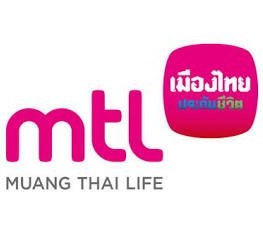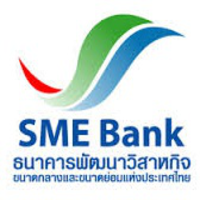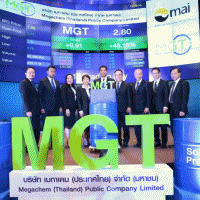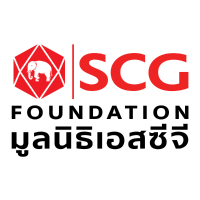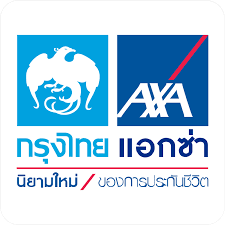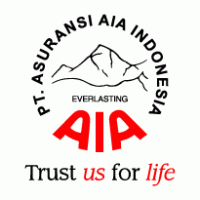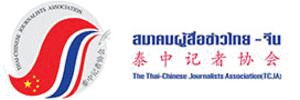- Details
- Category: DES
- Published: Wednesday, 07 August 2019 23:37
- Hits: 3607

Mobility-as-a-Service ทางออกของปัญหาการเดินทางแห่งอนาคต
ทุกวันนี้ สังเกตได้ว่าจำนวนคนซื้อรถยนต์ส่วนตัวกันน้อยลง ในขณะที่บริการเรียกและแชร์รถกำลังได้รับความนิยมสูงขึ้น มีผู้เล่นใหญ่เข้ามามีบทบาทในภาคขนส่งมวลชนมากขึ้น อย่างไรก็ดี การพัฒนาเปลี่ยนแปลงที่เกิดขึ้นในขณะนี้เป็นเพียงเศษเสี้ยวเล็กๆ เมื่อเทียบกับความเปลี่ยนแปลงที่จะเกิดขึ้นในอนาคต ด้วยความก้าวหน้าของเทคโนโลยีดิจิทัล ส่งผลให้ Mobility-as-a-Service หรือ MaaS ได้รับความสนใจและการผลักดันให้เกิดขึ้นจริงได้ในเร็ววัน
ในเชิงอุดมคติ MaaS คือการที่เราสามารถออกเดินทางจากบ้านแล้วมีรถมารับได้ในทันที ซึ่งจะนำเราตรงไปยังจุดหมายปลายทางโดยไม่มีการออกนอกเส้นทางหรือความล่าช้าใดๆ คอนเซ็ปต์ของมันก็คือการรวมความสะดวกสบายของการนั่งแท็กซี่ เข้ากับประโยชน์ใช้งานที่ครอบคลุมแบบรถประจำทาง แม้ว่าฟังแล้วอาจเป็นไปไม่ได้จริง แต่ด้วยความก้าวหน้าของเทคโนโลยี AI ตลอดจนการวิเคราะห์ข้อมูล Big Data ทำให้มีคนกลุ่มหนึ่งกำลังพยายามพัฒนา MaaS ให้เกิดขึ้นและใช้งานได้จริง
นายฮิโรโซ โยชิโตมิ ประธานบริษัท JUNPUZI ซึ่งตั้งอยู่ในเมืองโตเกียว คือหนึ่งในผู้ที่กำลังพัฒนาไอเดียนี้ โดยบริษัทของเขาเป็นผู้ให้บริการ Convenicle (มีที่มาจากการผสมคำว่า convenient-ความสะดวกสบาย เข้ากับคำว่า vehicle-ยานพาหนะ) ให้บริการระบบการขนส่งตามความต้องการแบบไม่ต้องเสียเวลารอให้กับผู้ให้บริการเอกชนและองค์กรบริหารส่วนท้องถิ่นทั่วประเทศญี่ปุ่น
ที่ผ่านมาบริษัทประสบความสำเร็จเป็นอย่างมาก “ณ ขณะนี้ Convenicle ได้ดำเนินการเข้าสู่ปีที่ 9 แล้ว” นายโยชิโตมิ กล่าว “ณ ปัจจุบัน เราให้บริการผู้โดยสารกว่า 70,000 คนต่อเดือน ใน 42 พื้นที่ รวมถึงเมืองคาชิวะในจังหวัดชิบะ ซึ่งเป็นหนึ่งในเมืองดาวเทียมของโตเกียว”
และตอนนี้ทางบริษัทก็ต้องการจะขยับขยายไปสู่ขั้นต่อไป โดยการใช้เครื่องมือ AI และการวิเคราะห์ข้อมูล เพื่อสร้างโมเดล MaaS ที่มีประสิทธิภาพสูงยิ่งขึ้น สามารถให้บริการสมบูรณ์แบบยิ่งขึ้น ซึ่งต่อมาในเดือนกรกฎาคม 2561 ทางบริษัทก็ได้จับมือกับโตชิบาเพื่อพัฒนาเทคโนโลยีขนส่งมวลชนแห่งอนาคต
โตชิบาเป็นที่รู้จักในฐานะบริษัทผู้ผลิตที่มีชื่อเสียงและประสบการณ์ยาวนานกว่า 140 ปี ได้พัฒนาผลิตภัณฑ์มาหลากหลายชนิด ตั้งแต่อุปกรณ์ขนาดใหญ่อย่างกังหันลม ไปจนถึงชิ้นส่วนขนาดเล็กอย่างเซมิคอนดักเตอร์ ซึ่งนอกจากประสบการณ์ด้านการผลิตแล้ว โตชิบายังได้สั่งสมองค์ความรู้และทักษะในด้านอื่นควบคู่กันไปด้วย เช่น งานวิจัยด้าน AI ที่บริษัทดำเนินการมาถึง 50 ปี รวมไปถึงสาขาวิชาที่ยากและท้าทายอย่าง precision imaging และภาษาธรรมชาติ ในวันนี้ ทางบริษัทได้ก้าวไปอีกขั้นสู่การเป็นผู้นำด้านเทคโนโลยี cyber-physical systems ซึ่งหลอมรวมโลกกายภาพของภาคการผลิตเข้ากับองค์ความรู้แห่งโลกไซเบอร์ดิจิทัล
และสาขาหนึ่งที่โตชิบามีความเชี่ยวชาญเป็นอย่างมาก ก็คือ การปฏิรูปเชิงดิจิทัล โดยมี SATLYS™ เทคโนโลยี AI สำหรับการวิเคราะห์ ดำเนินบทบาทสำคัญในการวิเคราะห์ข้อมูลและการเรียนรู้เชิงลึก ซึ่งได้มีการพัฒนา ทดลอง และปรับปรุงโดยการกรองข้อมูลปริมาณมหาศาลที่เก็บรวบรวมจากฝ่ายปฏิบัติการผลิตของโตชิบา SATLYS จึงสามารถทำงานได้อย่างรวดเร็วในการระบุ ประเมิน และทำการคาดการณ์ แต่คำถามสำคัญสำหรับโตชิบาก็คือ AI ตัวนี้จะช่วยพัฒนาประสิทธิภาพการทำงานของ Convenicle ได้หรือไม่?
แล้วปัญหาการทำงานที่มีอยู่นั้นหนักหนาเพียงใด?
“ชื่อเต็มของมันคือ Convenicle บริการรับส่งตามความต้องการ” นายโยชิโตมิ เผย “และเป้าหมายของเราคือ การสร้างระบบขนส่งมวลชนที่ให้บริการเฉพาะเมื่อมีการสำรองที่นั่งเท่านั้น”
นั่นนำมาซึ่งคุณสมบัติที่สำคัญที่สุดประการหนึ่งของ Convenicle ซึ่ง นายเซอิจิ คามิยะ ผู้จัดการฝ่ายวางแผนและพัฒนาโครงการของ JUNPUZI ชี้แจงว่า “โดยปกติรถประจำทางจะมีเส้นทางที่กำหนดตายตัว ดังนั้นผู้ใช้บริการจึงจำเป็นต้องเสียเวลาเดินทางออกนอกเส้นทางโดยไม่จำเป็น แต่ Convenicleใช้วิธีรวบรวมจุดรับส่งที่มีการจองไว้ล่วงหน้าเพื่อนำมาสร้างเส้นทางที่มีประสิทธิภาพสูงที่สุด จึงง่ายต่อการใช้งานสำหรับผู้บริโภค”
ด้วยวิธีนี้ การสำรองที่นั่งในแต่ละครั้งก็คือข้อมูลจุดหนึ่งในระบบ จึงจำเป็นต้องสร้างเส้นทางและกำหนดเวลาในการรับผู้โดยสารที่สะท้อนตามความต้องการนั้น อีกจุดที่ต้องคำนึงถึงคือผู้โดยสารจะขึ้นและลง Convenicle ตรงจุดไหน แม้จะฟังดูเหมือนไม่ยากเย็นอะไร เพราะในญี่ปุ่นมีแหล่งทิ้งขยะมากมายที่มีการทำเครื่องหมายไว้อย่างชัดเจน และอยู่ใกล้กับย่านที่พักอาศัย จึงสามารถใช้เป็นจุดรับส่งได้สะดวก แต่เนื่องจากจำนวนที่มีมากก็ทำให้กลายเป็นอีกปัจจัยการคำนวณ โดยเฉพาะเมื่อต้องรับส่งผู้โดยสารที่มีจุดหมายปลายทางใกล้เคียงกัน เพื่อจะได้ใช้ขีดความสามารถการทำงานของระบบได้อย่างเต็มที่
ยิ่งไปกว่านั้น การวิเคราะห์เชิงลึกจำเป็นต้องใช้ข้อมูลและ JUNPUZI ก็มีข้อมูลเชิงปฏิบัติการที่เก็บรวบรวมมาเป็นเวลามากถึง 9 ปี นายโยชิโตมิ กล่าวว่า “ในตอนแรกมันยังไม่ชัดเจนว่าเราจะนำข้อมูลเชิงปฏิบัติการมาใช้อย่างไร แต่สิ่งหนึ่งที่ผมมั่นใจมากคือมันจะต้องมีประโยชน์แน่นอน เราจึงตั้งใจเก็บบันทึกข้อมูลไว้” และข้อมูลที่บันทึกไว้นี้ก็ได้ถูกนำมาใช้งานผ่าน SATLYS ในที่สุด
นายฮิโรกิ อุเอดะ นักวิจัยที่ศูนย์เทคโนโลยีซอฟท์แวร์และ AI ของ Toshiba Digital Solutions Corporation บรรยายถึงความท้าทายที่สมาชิกทีมโตชิบาต้องเผชิญ “สมมติว่าคุณมีพื้นที่แห่งหนึ่งที่มีจุดรับส่ง 2,000 จุด คุณก็ต้องประมวลผลการคาดการณ์ทั้ง 2,000 จุด แล้วคูณด้วยจุดหมายปลายทางอีก 2,000 แห่ง จะมีเส้นทางที่เป็นไปได้ถึง 4 ล้านเส้นทาง ซึ่งก็ซับซ้อนมากพอแล้ว แต่นอกจากนั้นก็ยังมีข้อมูลที่เก็บบันทึกไว้อีก 9 ปีที่ต้องนำมาวิเคราะห์ ต้องบอกเลยว่ามันทำให้ผมปวดหัวมากกับการพยายามคิดหาทางออกที่ดีที่สุดที่ซ่อนอยู่ในข้อมูลปริมาณมหาศาลทั้งหมดนี้”
นายอุเอดะ กล่าวว่า ในตอนแรกโตชิบาพยายามใช้วิธีการง่ายๆ “ขั้นแรก เราให้ JUNPUZI ดูเส้นทางที่มีอุปสงค์การใช้งานสูงสุด 100 เส้นทาง แต่ผลลัพธ์ที่ได้คือพวกเขาบอกว่า มันยังไม่สามารถมองเห็นแนวโน้มการใช้งานของพื้นที่ปฏิบัติการทั้งหมดได้”ซึ่งนั่นจะเป็นเป้าหมายในขั้นต่อไป
นายยูจิ อิริโมโตะ เล่าถึงวิธีการทำงาน “SATLYS วิเคราะห์ข้อมูลการดำเนินงานของ Convenicle จาก JUNPUZI ร่วมกับข้อมูลสภาวะอากาศจากสำนักงานอุตุนิยมวิทยาญี่ปุ่น และรายละเอียดลักษณะอากาศในแต่ละวัน ซึ่งรวมถึงตัวแปรต่างๆ อย่างเช่น “ในวันที่ฝนตก ต้องใช้รถจำนวนมากขึ้น 20%” หรือ “เส้นทางนี้ต้องใช้เวลามากขึ้นสองเท่าในวันอาทิตย์”
ท้ายที่สุด SATLYS จึงได้พยากรณ์ความต้องการสำหรับแต่ละจุดรับส่ง เวลาในการรับส่ง และจำนวนผู้โดยสาร เป็นเวลาล่วงหน้าหลายสัปดาห์ และสร้างการคาดการณ์ที่แม่นยำด้วยการวิเคราะห์อย่างครอบคลุมและทำแผนที่ตามความต้องการ “เราได้วิเคราะห์ความต้องการในทุกพื้นที่ปฏิบัติการและวางแผนภาพข้อมูลด้วยสี ที่บ่งบอกถึงระดับความต้องการ” นายอุเอดะ กล่าว “จากนั้นเราถึงจะสามารถสร้างการคาดการณ์ความต้องการใช้รถ” ผลก็คือ โตชิบาและ JUNPUZI ได้ก้าวมาถึงจุดที่สามารถนำ SATLYS มาศึกษาองค์ความรู้ที่ได้รับจาก Convenicle ในการหาจุดสมดุลระหว่างการเพิ่มประสิทธิภาพโดยรวมและความต้องการส่วนบุคคลของผู้ใช้บริการ
นายคามิยะ พอใจกับผลที่ได้จากความร่วมมือที่ผ่านมา และมองเห็นถึงศักยภาพความเป็นไปได้ที่จะผลักดันโครงการให้ไปไกลยิ่งขึ้น “การใช้ SATLYS มาวิเคราะห์และปรับปรุงการคาดการณ์อุปสงค์ส่งผลให้เราสามารถจัดการ Convenicle ได้อย่างมีประสิทธิภาพยิ่งขึ้น แน่นอนว่า ยังมีสิ่งอื่นที่ต้องพิจารณาเพิ่มเติมอีก โดยเฉพาะความคิดเห็นของผู้ใช้งาน ยกตัวอย่างเช่น ผู้โดยสารบางคนบอกว่าพวกเขาเลือกกำหนดเวลาขึ้นรถเพื่อจะได้ร่วมเดินทางกับเพื่อน แต่เนื่องจากเส้นทางเปลี่ยนแปลงไปจึงไม่สามารถทำเช่นนั้นได้อีก ซึ่งเราก็ต้องนำปัจจัยเหล่านั้นมาพิจารณาด้วย”
นายโยชิโตมิ ประธานบริษัท JUNPUZI เองก็เห็นด้วยและเริ่มคิดวางแผนถึงขั้นต่อไป “เรายังไม่ไปถึงจุดที่สามารถพูดได้ว่า ผู้โดยสารทุกคนได้รับประสิทธิภาพการทำงานและความสะดวกสบายจากการใช้บริการอย่างเท่าเทียมกัน ซึ่งต่อไปภายภาคหน้า อะไรที่ ‘ดี’ ก็เป็นเรื่องยากที่ต้องคิดพิจารณา”
ทีมโตชิบาเองก็พอใจกับความก้าวหน้าที่เกิดขึ้น “การพัฒนาโครงการนี้โดยใช้ข้อมูลปฏิบัติการที่เราได้จาก JUNPUZI แสดงให้เราเห็นว่า โตชิบามีเครื่องมือที่ต้องการในการนำมาวิเคราะห์ข้อมูลแล้ว” นายอิริโมโตะ กล่าว “ตอนนี้เราจะปรับปรุงโครงการต้นแบบกันต่อไป โดยเราจะเพิ่มข้อมูลเกี่ยวกับสภาพอากาศในแต่ละวัน รวมไปถึงข้อมูลเกี่ยวกับกิจกรรมในท้องถิ่น และลักษณะเฉพาะในแต่ละพื้นที่เข้าไปด้วย”
นายอุเอดะ มองไกลไปยิ่งกว่านั้นอีก “เมื่อพูดคำว่า ‘ไร้อุปสรรค’ ผมคิดว่าคนส่วนใหญ่คงนึกถึงสิ่งกีดขวางทางกายภาพสำหรับผู้ทุพพลภาพทางกาย แต่สำหรับบางคน แค่การเคลื่อนที่เพียงแค่ 300 เมตรก็ถือเป็นอุปสรรคได้ Convenicle ซึ่งขับเคลื่อนโดย SATLYS ต้องการที่จะกำจัดอุปสรรคในการเคลื่อนที่สำหรับทุกคน โครงการนี้ถือเป็นแนวทางแห่งอนาคตสำหรับการคมนาคม และเป็นการนำเสนอตัวเลือกที่หลากหลายยิ่งขึ้นให้กับผู้คนในภายภาคหน้า”
ขณะที่การขนส่งมวลชนพัฒนาไปอย่างต่อเนื่อง MaaS มีศักยภาพมากพอที่จะผลักดันให้เกิดการยกระดับความสะดวกรวดเร็วของการบริการขนส่งผู้โดยสาร และความสำเร็จจากความร่วมมือกับ JUNPUZI ก็ส่งผลให้โตชิบาก้าวขึ้นมาเป็นทัพหน้าในการสร้างอนาคตใหม่สำหรับบริการขนส่งมวลชนตามความต้องการ “ทั่วโลกล้วนกำลังให้ความสนใจกับการผลิตโครงสร้างพื้นฐานสำหรับการเดินทางในยุคต่อไป ซึ่งเป็นสิ่งที่ต้องเกิดขึ้นอย่างเร่งด่วน” นายอิริโมโตะ กล่าว “ขณะนี้มีไอเดียใหม่ๆ เกิดขึ้นมากมาย แต่ยังมีองค์กรจำนวนไม่มากนักที่มีผลงานประจักษ์อย่าง JUNPUZI ผมจึงอยากร่วมงานกับ JUNPUZI ต่อไป เพื่อรับมือกับความท้าทายและผลักดันให้เกิดการเดินทางแห่งอนาคตอย่างแท้จริง”
*SATLYS™ คือเครื่องหมายการค้าจดทะเบียน และ/หรือ เครื่องหมายการค้าของ Toshiba Digital Solutions Corporation ในญี่ปุ่นและประเทศอื่นๆ
------------------------------
Looking for a Ride Home? Why not try Mobility-as-a-Service
As vehicle ownership falls and ride hailing and ride sharing services find increasing popularity, powerful forces are making themselves felt in commuter transport. However, recent developments are just a taste of things to come. Spurred by advances in digital know-how, there is growing interest in realizing Mobility-as-a-Service, MaaS.
The ideal of MaaS is the ability to leave home, be picked up by a vehicle almost immediately, and taken to a specified destination by a direct route with no unnecessary detours or unwanted delays. It’s a vision that combines the convenience of a taxi with the utility of bus services—and it sounds almost impossible to achieve. But with recent advances in AI and big data analytics, there are people working to make it happen.
Hirozou Yoshitomi, the President of Tokyo-based JUNPUZI is one of them. His company operates Convenicle, coined from convenient and vehicle, and provides a system dedicated to delivering no-wait, on-demand transport know-how to service operators and local governments across Japan.
So far, it has been a success. “We are now in our ninth year of operating Convenicle,” Yoshitomi says, “and we currently carry about 70,000 people a month in 42 locations, including Kashiwa City in Chiba Prefecture,” one of Tokyo’s satellite towns. Now the company wants to take this to the next level, and to apply the tools of cutting-edge AI and data analytics to a more advanced MaaS model that can deliver better services. In July 2018, they teamed up with Toshiba to do just that, and develop public transport for tomorrow.
Known first and foremost as a manufacturer, with over 140 years of experience in fields as diverse as turbines and semiconductors, Toshiba has always cultivated other capabilities in parallel. Its research into AI dates back over 50 years, and embraces areas as diverse and demanding as precision imaging and natural language. Today, the company is taking another step forward as a cyber-physical systems technology company, a leader in integrating the physical world of manufacturing and the cyber world of digital know-how.
One area where Toshiba is cultivating expertise is digital transformation, and here a key role is played by “SATLYS™”, an analytics AI based on data analysis and deep learning. Developed, tested and refined by sifting through the vast amounts of data generated by Toshiba’s manufacturing operations, SATLYS works fast to identify, estimate and make predictions. The question for Toshiba was, could it improve on Convenicle?
Just how big was the problem? “The full name is Convenicle, Demand Responsive Transport,” explains Yoshitomi. “The goal is to deliver a public transportation system that operates only when reservations are made.”
That introduces one of the most important features of Convenicle, explained by Seiji Kamiya, JUNPUZI’s Project Planning and Development Department Manager. “Buses have set routes, so users often have to make time-consuming and pointless detours, but Convenicle combines multiple reserved pick-up and drop-off points to create routes in the most efficient way, so it’s easy for passengers to use.”
With that approach, every reservation received is another data point, requiring routes and pick-up times to be made and remade to reflect demand. There’s also the question of where passengers get on and off Convenicle. That sounds easy at first, because Japanese streets have numerous garbage collection points, all clearly marked, and they provide convenient pick-up and drop-off points, close to where passengers live—but there are also a lot of them, and that adds to the equation; especially when you want to pick up and drop off people with similar destinations, to maximize capacity utilization.
On top of that, while deep analytics needs data, JUNPUZI had a lot of it: a full nine years of operational data. As Yoshitomi explains, “At the start it really wasn’t clear how we would use operational data, but one thing I was sure of was that it had value. Keep logs. That was our conviction.” And data in those logs had to be put into SATLYS, in one way or another.
Hiroki Ueda, a researcher at Toshiba Digital Solutions Corporation, Software & AI Technology Center, describes the scale of the challenge the Toshiba team members faced. “Say you have an area with 2,000 pick-up and drop-off points. You have to process prediction results for all 2,000 pick-up points multiplied by all 2,000 destinations, so you have 4,000,000 potential routes. That’s complex enough. On top of that, there was nine years of data to analyze. Believe me, it gave me a real headache trying to work out how to use this enormous amount of data and find the optimal solutions hidden in it.”
As Ueda recalls, Toshiba initially tried a simpler approach. “As a first step, we showed JUNPUZI the top 100 routes in terms of demand. But in their feedback they told us that it didn’t let them see trends across the entire operational areas” Achieving that was the next goal.
Yuji Irimoto explains how that was done. “SATLYS analyzed Convenicle operation data from JUNPUZI, along with weather data from the Japan Meteorological Agency and information on the characteristics of different days. These covered variables such as, “on rainy days, 20 percent more vehicles are needed in this area,” or “this route takes twice as long on Sundays.”
In the end SATLYS came up with demand predictions for pick-up and drop-off points, times of day and numbers of passengers, for up to several weeks in advance, and produced precise forecasts by comprehensively analyzing and mapping demand. “We analyzed demand in every operating area and plotted it like a heat map, with colors representing demand,” Ueda explains. “From that, we could make forecasts of vehicle demand.” As a result, Toshiba and JUNPUZI have reached a stage where they can use SATLYS to apply knowledge derived from Convenicle toward finding a balance between overall optimization and individual preferences.
Kamiya is pleased with the results the collaboration has produced so far, and sees potential for taking the project further. “Using SATLYS to analyze and refine demand forecasts has made managing the Convenicle fleet more efficient. Of course, there are still things to consider, particularly customer feedback. For instance, people have told us they used to ride at a certain time to travel with friends, but route changes have stopped that. We also need to consider factors like that.”
Yoshitomi, JUNPUZI’s president, agrees, and is also thinking about the next step. “We’re not yet at the point where we can say all passengers are equal in terms of efficiency and amenity. Looking ahead, just what is ‘good’ is one of the difficult issues we have to think about.
The Toshiba team is also happy with the progress made. “Implementing this project using the operational data we got from JUNPUZI showed us that Toshiba has the tools needed to do the analysis,” says Irimoto. “Now we will continue to refine the model. We will add more weather and day data, information on local events and regional characteristics.”
Ueda is even more optimistic. “If you say ‘barrier-free,’ I think most people think of physical obstacles to people with physical disabilities. But for some people, being able to move, even 300 meters, can be a barrier. Convenicle, powered by SATLYS, removes barriers to getting about for all of us. This project points the way to the future of transportation, and how to offer people diverse choices in the future.”
As public transport evolves, MaaS has the potential to realize new levels of passenger service and convenience, and the successful collaboration with JUNPUZI positions Toshiba in the vanguard of creating the future of transport services on demand. “Interest in next-generation mobility infrastructure is global, recognized as an urgent requirement,” says Irimoto. “There are many ideas out there, but not many companies have the proven track record of JUNPUZI. I want to continue to work with JUNPUZI, to take on challenges and help to realize the future of transport.”
* SATLYS™ is a registered trademark and/or trademark of Toshiba Digital Solutions Corporation in Japan and other countries.
AO08114
Click Donate Support Web














